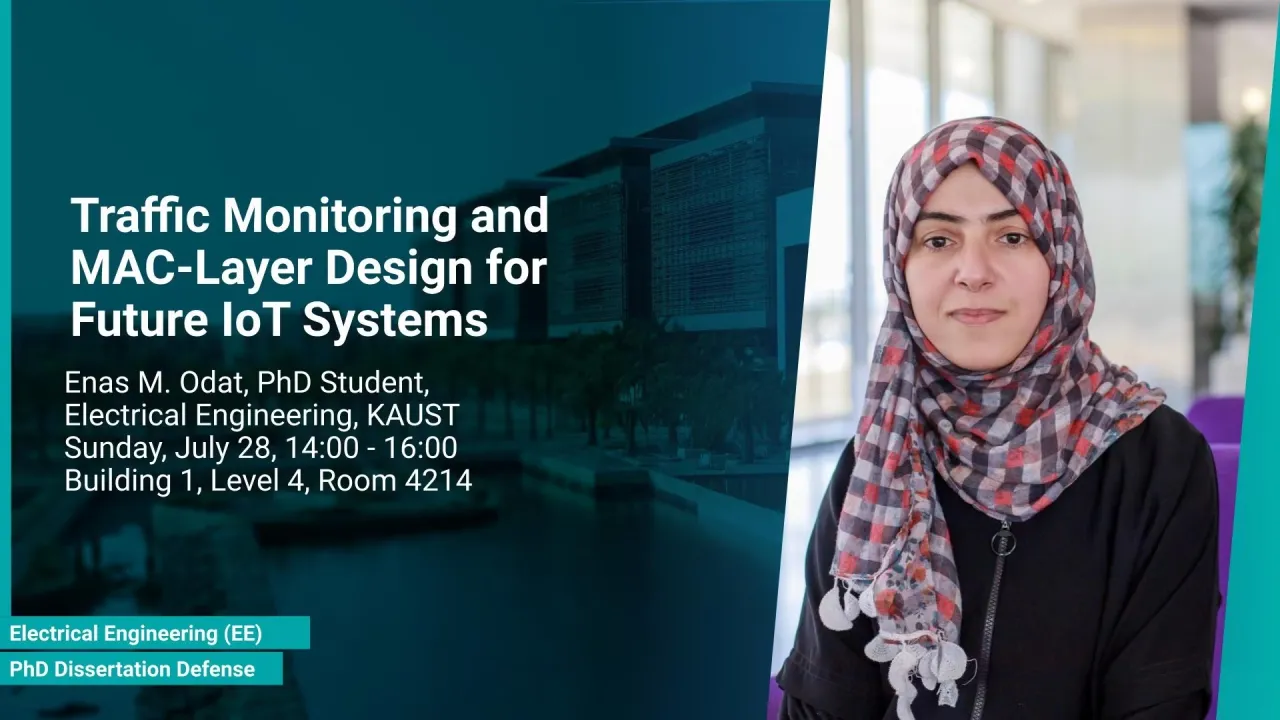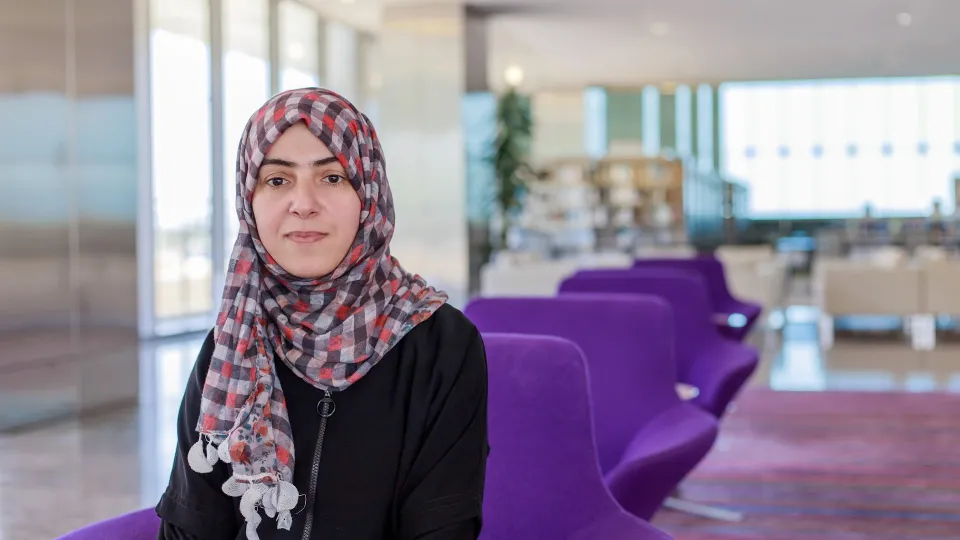
Traffic Monitoring and MAC-Layer Design for Future IoT Systems
The advances in the technology and the emergence of low complexity intelligent devices result in the evolution of the Internet-of-Things (IoT). One of the most important resources is the wireless channel, which is a shared resource; thus, it is necessary for the nodes to have methods that schedule channel access. This thesis considers the problem of distributed sensing and channel access in the context of IoT systems, where a set of selfish nodes competes for transmission opportunities. In the channel access part, a memory-one channel access game is proposed to reduce the collision rate, to enhance the cooperation among the nodes, and to maximize their payoffs by optimizing their channel access probabilities, based on the channel state in the previous time step.
Overview
Abstract
The advances in the technology and the emergence of low complexity intelligent devices result in the evolution of the Internet-of-Things (IoT). In most IoT application scenarios, billions of things are interconnected together using standard communication protocols to provide services for different applications in the healthcare industry, smart cities, transportation, and food supply chain. Despite their advantage of connecting things anywhere, anytime, and anyplace, IoT presents many challenges due to the heterogeneity, density, the power constraints of things, and the dynamic nature of the network that things might connect and disconnect at any time. All of these increase the communication delay and the generated data, and it is thereby necessary to develop resource management solutions for the applications in IoT.
One of the most important resources is the wireless channel, which is a shared resource; thus, it is necessary for the nodes to have methods that schedule channel access. This thesis considers the problem of distributed sensing and channel access in the context of IoT systems, where a set of selfish nodes competes for transmission opportunities. In the channel access part, a memory-one channel access game is proposed to reduce the collision rate, to enhance the cooperation among the nodes, and to maximize their payoffs by optimizing their channel access probabilities, based on the channel state in the previous time step. To overcome the communication cost overhead in the network and to solve the problem efficiently, the nodes use distributed learning algorithms. Next, the problem is extended to include energy constraints on the transmission decisions of the nodes, where each one of them has a battery of finite capacity, which is replenished by an energy-harvesting process. This constrained problem is solved using energy-aware channel access games under different scenarios of perfect and imperfect information.
In the distributed sensing part, a traffic-monitoring system, integrated into a WSN, is proposed. This system maximizes the privacy of the sensed traffic by using low-cost and low-power sensor devices that integrate passive infrared sensors (PIR) and ultrasonic rangefinders. To estimate the parameters required to solve the real-time monitoring problem (vehicle detection, classification, and speed estimation), the measurements of these sensors are analyzed using a set of optimized machine-learning algorithms. The selection of these algorithms is due to the continuous variation of the sensed environment over time, the lack of the system state dynamic models, and the limitation in the resources.
Brief Biography
Enas Odat received the B.S. degree in computer engineering from the Jordan University of Science and Technology in 2009, and the M.S. degree from the Department of Computer Science, King Abdullah University of Science and Technology, in 2011, where she is currently pursuing the Ph.D. degree. Her research interests include machine learning, game theory, and Cyber-Physical systems.
